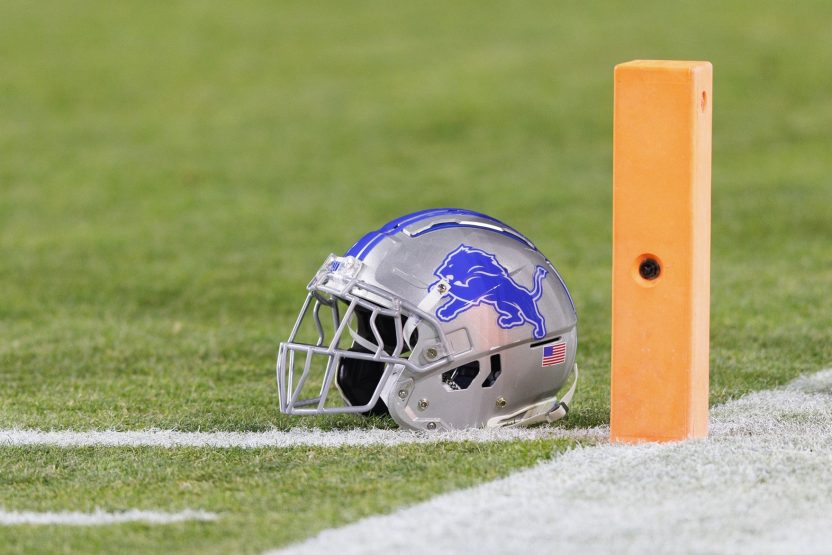Tennis has always had a close relationship with fashion. In the early days, players were expected to wear formal attire — long pants, skirts, and collared shirts were the norm. At Wimbledon, the tradition of white clothing has remained iconic, with players required to wear predominantly white outfits. However, as the sport evolved, so too did its sartorial landscape.
The 1960s and 1970s saw tennis players like Billie Jean King and Chris Evert bring style to their performances, pushing the boundaries of athletic wear with tailored dresses and new fabrics designed for comfort and mobility.

The 1980s and 1990s brought a bold wave of flashy designs with players like Andre Agassi and Steffi Graf taking fashion risks.

But it wasn’t until Venus and Serena Williams rose in the late 1990s and early 2000s that fashion became an inseparable part of tennis culture. These two women didn’t just play the game— they redefined the fashion rules.
From the moment Venus stepped onto the tennis scene, it was clear that she was more than just a player— she was a force of fashion. Known for her athleticism, elegance, and powerful presence on the court, Venus brought a sense of sophistication and style to a sport that more traditional aesthetics had dominated.

In the late 1990s, Venus quickly made a name for herself not only as a tennis prodigy but also as a style icon. Her partnership with Reebok in the late ’90s led to a revolutionary moment in tennis fashion. She signed a $12 million deal with the brand at the age of 15. She was one of the first prominent Black athletes to consistently break fashion barriers, and she made it clear that there was space for players of all backgrounds to express their unique identities through their clothing.
If Venus helped change the course of tennis fashion, Serena took it to another level, blending fierce athleticism with high-end fashion in ways that no one had ever seen before. Serena’s outfits became as much a part of her identity as her powerful serve, making her one of the most influential athletes in both tennis and fashion history.
Serena’s fashion choices are often as talked about as her matches. Her outfits are an embodiment of her personality: bold, daring, and unapologetic.
One of the most iconic moments came at the 2018 French Open when Serena wore a black catsuit designed by Virgil Abloh (then artistic director of Louis Vuitton). The outfit was not only a nod to superhero aesthetics, but it also had a deeper meaning.
Serena later explained that the suit was inspired by the need for comfort, as she had experienced medical issues after childbirth. The outfit became a symbol of empowerment, representing resilience and strength.
“I didn’t know it would have such an impact,” Williams tells CNN Sport’s Amanda Davies. “Here I am, just trying to be healthy, I was a new mom and just trying to be me. It was a great moment. I didn’t know it would cause such a stir.”
Serena’s choice to wear the catsuit also sparked a major conversation about sexism in tennis. After wearing it, the French Open announced they would ban such “non-traditional” outfits. She has also worked with some of the biggest names in fashion. In 2004, she launched her fashion line, Serena, and later collaborated with brands like Nike to create tennis-specific collections that combined performance with streetwear influence.
The fashion evolution led by Venus and Serena has a lasting impact on the sport of tennis. No longer confined to conservative whites or simple athletic gear, tennis fashion today is bold, innovative, and diverse.
As we look to the future of tennis fashion, it’s clear that the Williams sisters’ influence will continue to resonate. The next generation of tennis players will undoubtedly draw inspiration from their bold, groundbreaking approach to blending sport and fashion, and the legacy of the Williams sisters will be felt on both the court and the runway for years to come.








About Jessica Kleinschmidt
Jess is a baseball fan with Reno, Nev. roots residing in the Bay Area. She is the host of "Short and to the Point" and is also a broadcaster with the Oakland A's Radio Network. She previously worked for MLB.com and NBC Sports Bay Area.
Recent Posts
Justin Herbert remembers 2024 playoff embarrassment
"No one felt worse than I did after that game."
Philip Rivers not able to do enough in impressive showing
"I'm torn on how to express it."
Lions not blaming refs after crucial loss
"And at the end of the day, that's on us."
Caleb Williams shines in OT thriller
"I knew it was good."
Giannis Antetokounmpo focused on current teammates, health
"I'm still locked in."
Puka Nacua apologizes: ‘I had no idea’
"I deeply apologize to anyone who was offended."